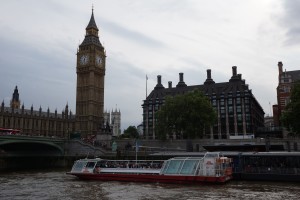 Today’s top story: How to raise kids who are smart about money. Also in the news: How to save on your trip to Disney World, deciding when to hire a financial adviser, and the five things identity thieves are hoping you’ll do.
Today’s top story: How to raise kids who are smart about money. Also in the news: How to save on your trip to Disney World, deciding when to hire a financial adviser, and the five things identity thieves are hoping you’ll do.
3 Ways You Can Raise Kids Who Are Smart About Money
Starting them off early.
Twelve Money-Saving Tactics for Disney World
Don’t turn your wallet over to Mickey.
When is the right time to hire a financial adviser?
Knowing when it’s time to get help.
5 Things Identity Thieves Want You to Do
Don’t give the jerks what they want.
Risk and Responsibility: Should You Cosign on a Loan?
Assessing a huge responsibility.



